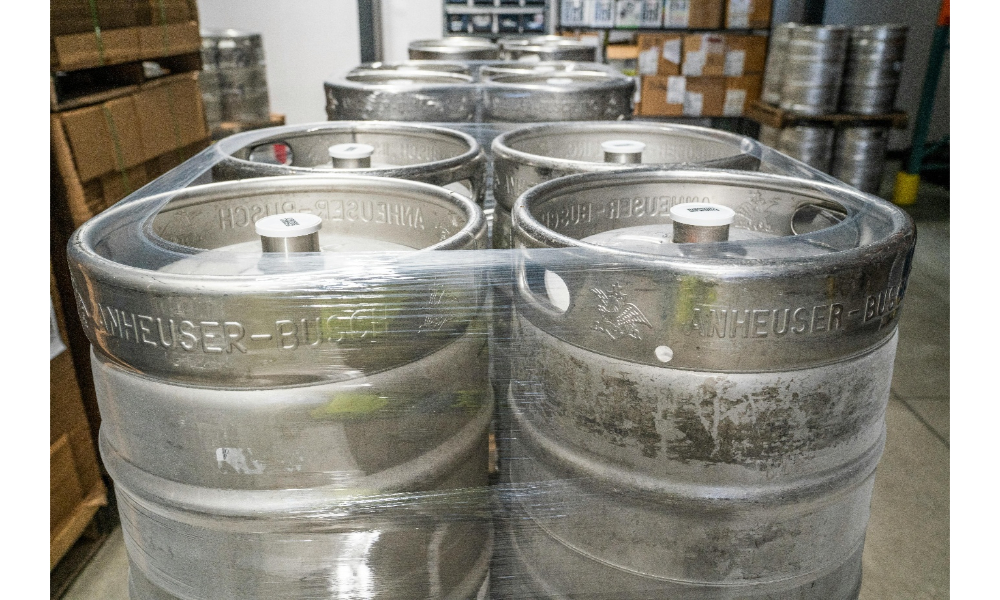More than half the world’s highway traffic is taking a negative shape over the coming years due to mismanagement and problems in accommodating the increased rush. This is causing huge problems for commuters along with loss of time and fuel, thus, racking up losses in their resources. In this scenario, managing and controlling the traffic on highways can be effectively done through vehicular and traffic data. This data, when linked with regular commuters, can essentially control traffic and significantly reduce the number of accidents.
Here are some strategies that can help to effectively manage highway traffic.
Real-time data is important
Low latency technology, 5G and edge computing are the three building pillars behind providing real-time traffic and vehicular data. The vehicles connected to the network can both receive and provide quicker data for managing traffic congestion through speed modulation and re-routing to save commute time. Real-time data can also help to control accidents and other forms of problems while travelling.
Past trends need to be considered
Just like real-time data, past trends are also essential to manage highway traffic. The trends and existing data can be provided to organizations and the government to provide better road management systems. For example, the trends for an increase in traffic can help governments build more lanes to control traffic. The trends also help to report pollution and manage environmental safety protocols proactively.
Smart road signage is key
One of the smart moves that traffic control authorities can make is to remove the unnecessary stoppages on the road, which leads to heavy congestion. Wireless traffic systems can be installed and linked with the vehicle dashboard to provide real-time road news and help in on-road decision-making. This system would transmit temporary and changing information to reach the drivers quicker and help in effective decision-making.
Public infrastructure is the need of the hour
Emergency services should be installed and available at close distances, specifically on highways stretching across for miles. This reduces congestion and the risk of fatal accidents enroute. Moreover, real-time data management systems can allow reporting emergencies quicker and reduce the risks of commuting to a substantial level. The existing data and trends can also help the government to design efficient routes to differentiate public and private transportation and divide the traffic.
Now, you can get quicker and more effective traffic management solutions with Capital Traffic Management, which is a pioneer in controlling and providing traffic solutions.








Comments